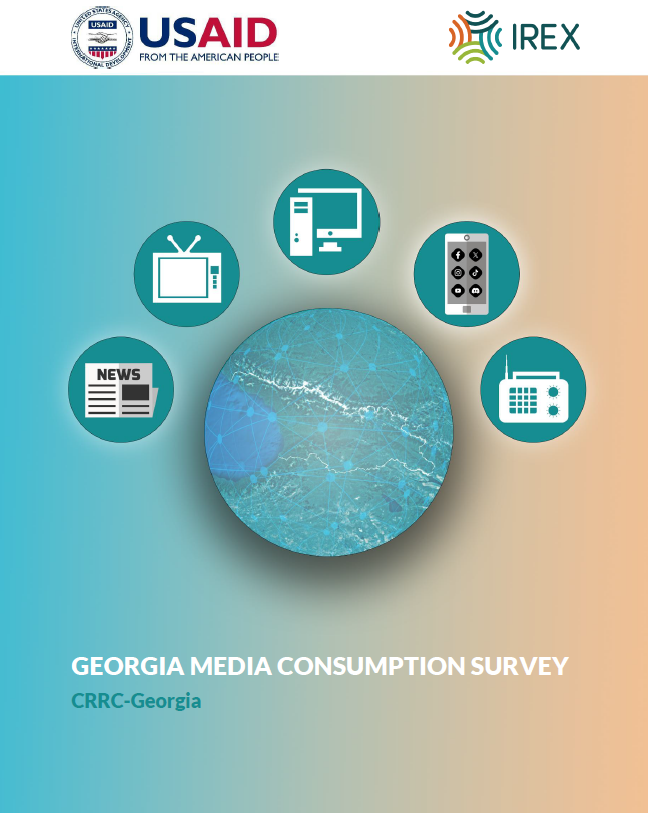In Azerbaijan, according to Caucasus Barometer data, the number of smokers has decreased from 31% of the population in 2008 to 25% in 2013. 75% of Azerbaijanis say they don’t smoke which is similar to results in Armenia (70%) and Georgia (73%). Notably, Azerbaijan and Georgia have a lower number of hard smokers (those who smoke more than 251 cigarettes per week) which is 3% and 2%, respectively, compared to Armenia where 8% say the same.
In general, smoking is not popular among women in the South Caucasus; 98% of women in Armenia, 99% in Azerbaijan, and 95% in Georgia say they do not smoke at all. There are negative perceptions associated with women who smoke in the South Caucasus, and this attitude might affect the number of women who claim to smoke in the countries of the region. The situation among males is different; 48% of men in Azerbaijan and Georgia, and 37% of men in Armenia say they do not smoke. Additionally, the number of hard smokers in Armenia is several times larger than in the other two countries.
Smoking is most popular among middle-aged men (36-55 years old), and they also report smoking more cigarettes than younger (18-35 years old) and older (56+ years old) men.
Overall, there is a positive trend in the decreasing number of Azerbaijanis who say they smoke. This is particularly notable among young males. According to the CB, the number of non-smokers among men aged 18-35 has increased from 46% in 2008 to 54% in 2013. The situation with other age groups has not changed significantly. One reason for this may be that young people are usually more socially active, and the media and other pro-health organizations can easily communicate anti-tobacco messages to them. If you are interested in more data on smoking in the South Caucasus, please visit the Caucasus Barometer data here as well as the WHO website’s page devoted to tobacco issues here.















